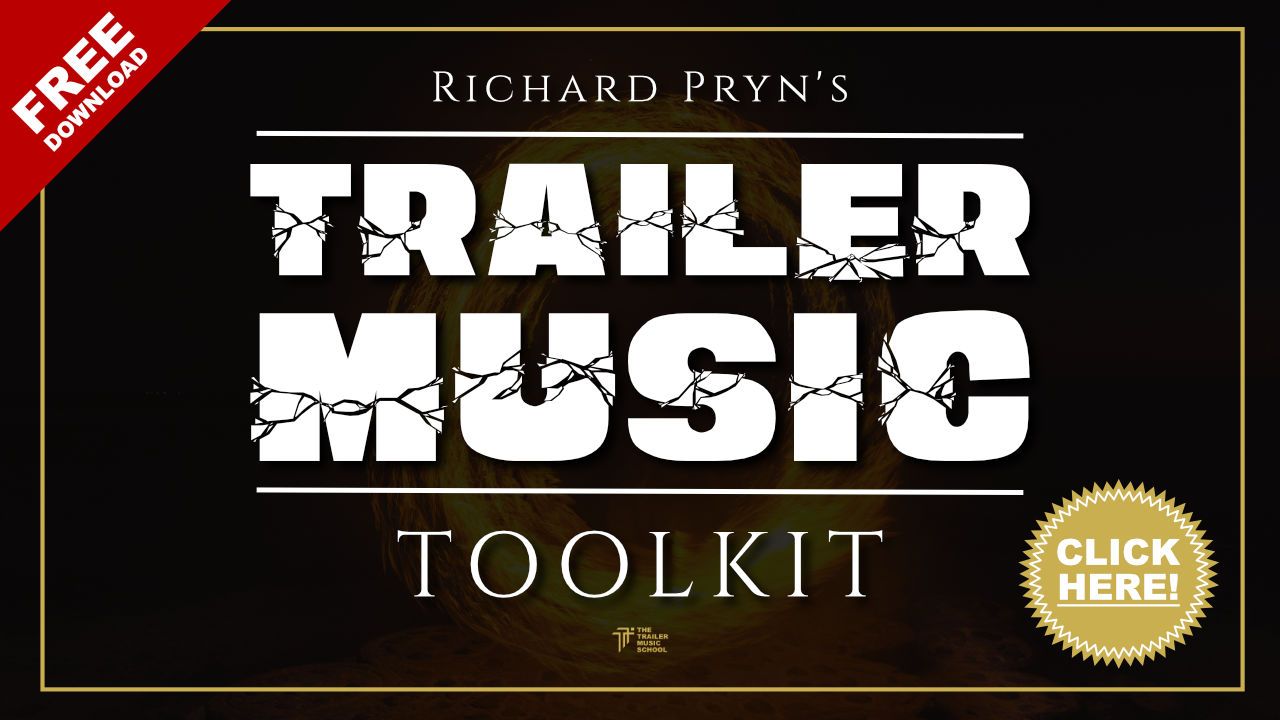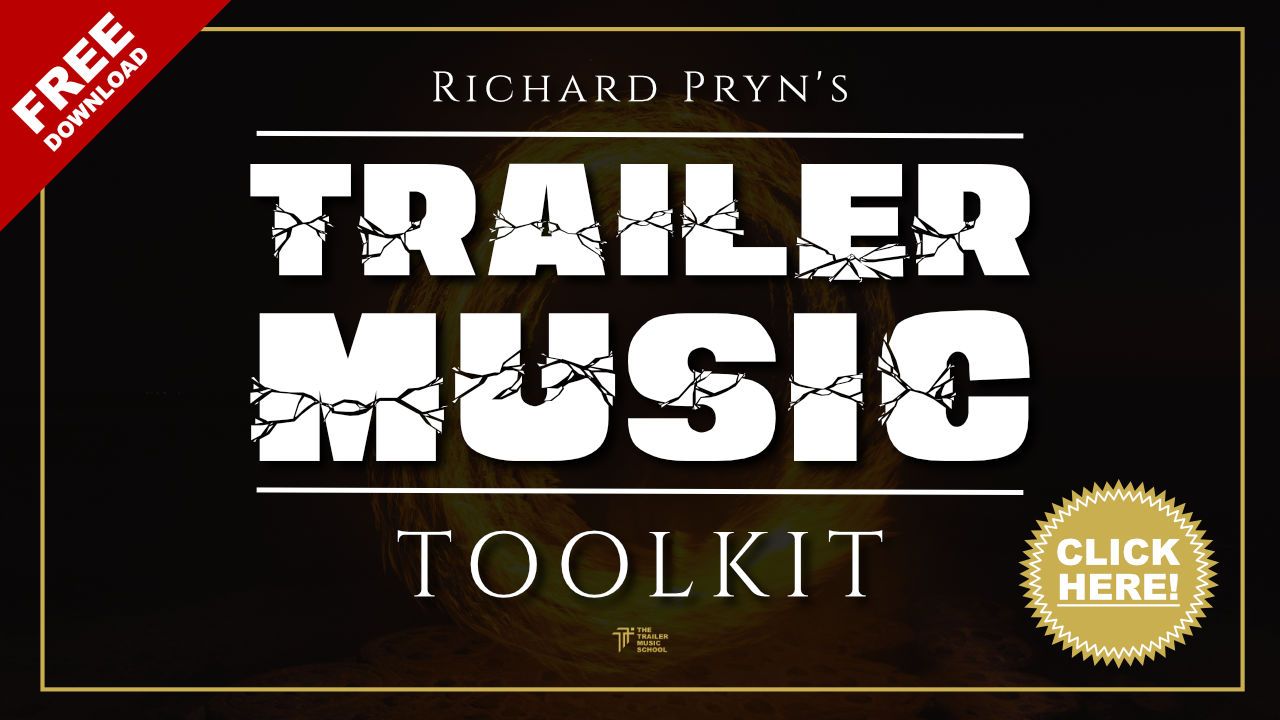In this post, I show you 7 simple steps that you can follow to make your Act 2 drive the cue and get everyone, including you, excited.
What is Act 2
All movie trailers are structured into acts, like a film. Act 1, 2, and 3. In some cases, we have a 4th act in our trailer music.
In film, Act 1 is when the character is in their world before the change/problem occurs. Act 2 is when the character is thrown into the change/problem, and Act 3 is when the character overcomes the change/problem.
In trailer music, Act 1 sets the scene and atmosphere, Act 2 brings the pace, drive and build-up of tension, and Act 3 is the climax - bringing on the emotions.
What Makes a Good Second Act
The best second acts combine drive, pace, build and tension with scale, weight, and impact into the trailer.
They take us from the atmosphere of the first act into the world of drama and action.
To do that you will focus heavily on rhythmic writing in this act. That is how we deliver the goods.
This Avenger's Infinity War trailer is probably one of my favourites of all time. If you want to know what a great Act 2 looks and sounds like, look no further. The music by Mark Petrie is an absolute masterclass.
Step 1 - Use Pulses
The quickest and easiest way to bring pace and drive to your second act is with a pulse.
A simple quarter or 8th note pulse that is played on an instrument. It can be on the root note or imply the chord progression.
In fact, pulses are so useful that there are quite a few albums (like Pulse by Elephant Music) that are produced for movie trailers with the sole purpose of supplying trailerised pulses.
An incessant pulse is a tool I use all the time. It keeps momentum in the music whilst also giving you something easy to build upon.
I know it's very simple and not very "clever" but honestly, the simplest things are often the most effective.
In my track Syndrome, you can hear how a simple pulse backed by building rhythms can completely shape a track.
Step 2 - Move your patterns up and up
Another step here is to take the pattern and move it up in pitch.
I show this step in great detail in my Cinematic Piano Course.
The basic idea is rather than have to come up with new musical ideas, you move the existing ideas up in pitch.
This gives the feeling of development and movement and can allow you to add an extra sense of build and tension by doing so.
You can hear in my track Eventual Motion how I move the pattern up in pitch from 0.40-1.15. I didn't write any new material I simply changed the chord inversions and moved up the piano.
Simples.

Step 3 - Bring out the brass
...And sooner than you think.
The second act is not a little affair - it is huge winds building and growing; punching, pulling, pushing.
That's why you need to bring in instruments like brass to help make the second act feel even larger and feel like it is getting bigger and more intense.
This was a step that I overlooked for years, not realising that I was hindering my second acts by not letting them get bigger.
I was worried that if my second act got too large then I would have no room to grow into my third act.
My good friend Ciaran Birch is an absolute master of bringing the brass (and synths) into act 2 to make it feel like a huge uncontrollable beast.
As you can hear in his track Shakti he not only brings in the brass but layers them with strings and synths to bring an enormous wall of sound. The effect is that of impending doom. Perfect for act 2.
Step 4 - Break the pattern
As the second act draws to a close don't be afraid to utilise different rhythmic groupings on notes in your track.
What I mean by this is that if you are using a 4/4 pattern, with your main driving rhythm playing in 8th notes. Break the pattern by changing the 8th notes into groups of triplets or even tuplets.
In fact, you don't even have to change the value of any of the notes - they can stay as 8th notes. Instead, change the groupings of the pattern.
If you are writing a 4-note arpeggio then shift it to a 3-note pattern. Philip Glass does this all the time and the effect is that it completely changes the pace of the music.
This works really well because it gets the listener to pay attention and it acts as a kind of musical metaphor for stumbling and falling.
This Ghostbuster trailer uses the pattern break incredibly effectively, especially when combined with the pattern moving up in pitch.
Step 5 - Build until it hurts
I have come to really embrace this last one - build the intensity of your track beyond that which you think is musically sensible.
You are writing trailer music so it needs to be OTT. You are not dealing with subtle sounds and the builds need to be equally over-the-top.
In my album Fantom, which is trailerised string quartets, I practised these intense builds using a combination of fast rhythms, automation, and risers.
The simplest way to create these painful builds is to use percussion to really hammer the build - getting progressively louder with each hit.
Basically turning it up to 11.
With regard to harmony - I generally hold the last or penultimate chord for a couple of bars. This gives the feeling that something has to break. And that is what happens. Act 2 comes to an end, falling into the stopdown before Act 3 hits us.

Get my FREE Trailer Music Toolkit
It contains all the One-shots you need to sketch a complete track, and the hugely popular Perfect Trailer Music Cue Blueprint PDF.






